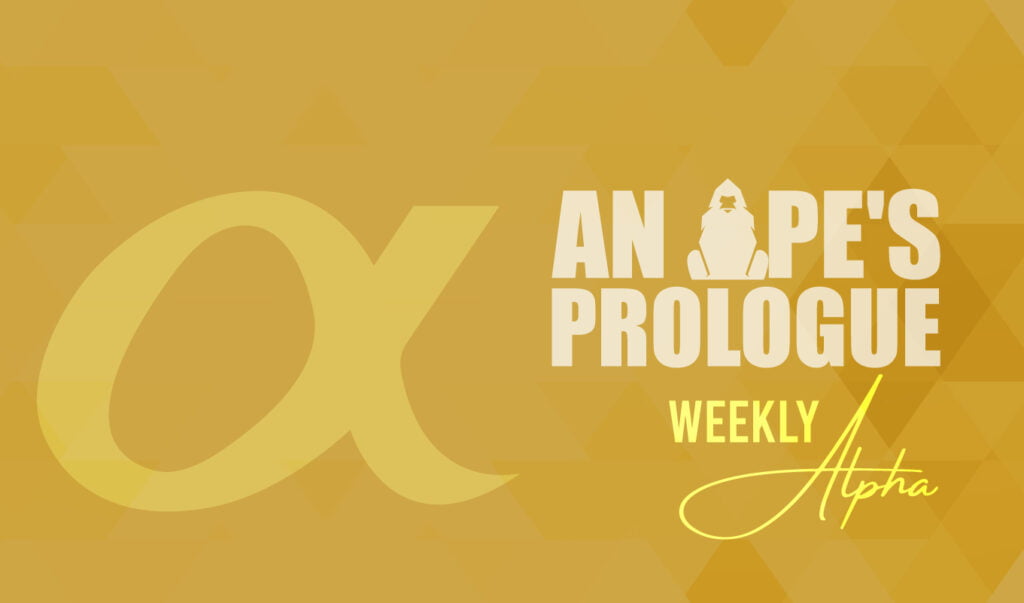Research Summary
The report provides an in-depth analysis of Radiant Capital, an omni-chain borrowing and lending protocol. It covers various aspects including its use case, adoption, revenue, tokenomics, treasury, governance, team and investors, competitors, risks and audits, and a summary of its overall performance.
Key Takeaways
Radiant Capital’s Unique Proposition
- Omni-chain borrowing and lending: Radiant Capital is built using LayerZero, which allows users to deposit collateral on one chain and borrow on another. This aims to unify liquidity and simplify the lending experience, addressing one of DeFi’s major problems – fragmented liquidity.
- Significant growth: Radiant’s Total Value Locked (TVL) has seen a 26% growth in the last month, hitting an all-time high at $342m. This growth is primarily due to it going live on Ethereum in October.
Revenue and Tokenomics
- Revenue distribution: The protocol’s revenue is distributed as follows: 60% to locked RDNT dLPs, 25% to lenders, and 15% to OPEX. Over the last 30 days, the protocol has generated $1.78m in fees and $1.33m in revenue.
- Tokenomics: $RDNT is Radiant’s native utility token. It facilitates protocol fee sharing and provides governance through locked dLP. The current circulating supply is 347m with a max supply of 1b. The market cap is $95.5m with a fully diluted valuation of $275.2m.
Governance and Treasury
- Decentralized governance: Radiant Capital operates as a DAO with 25k members in the governance forum. To participate in the voting process, it is necessary to lock RDNT tokens. Currently, there are over 44 million dLP tokens locked.
- Treasury: The Radiant DAO has two main treasury wallets: Radiant Reserve with $44m USD and Radiant DAO Treasury with $28.5m USD (RDNT, USDT, ARB). The Reserve serves as a router for RDNT emissions, while the Treasury is used for operational expenses.
Competitors and Risks
- Competitive landscape: Aave is the dominant player in DeFi lending. However, Radiant, a fork of Aave, is emerging as a strong competitor with omni chain capability. Tapioca DAO is another up-and-coming protocol that operates as an omni chain money market on LayerZero.
- Risks and audits: V2 of the codebase has been audited by Open Zeppelin, Peckshield and Zokyo with zero unresolved critical or high risk issues. There is also a bug bounty program being run by Immunifi. However, as with any DeFi investment, there are always residual risks.
Actionable Insights
- Monitor Radiant’s growth: Given the significant growth in Radiant’s TVL and its recent launch on Ethereum, it would be prudent to keep a close eye on its performance and adoption rate.
- Consider the potential of $RDNT: With its role in protocol fee sharing and governance, $RDNT could be a key player in Radiant’s ecosystem. Its current market cap and circulating supply could provide insights into its potential value.
- Assess governance participation: The number of locked RDNT tokens and the active participation in the governance forum could indicate the level of community engagement and trust in the protocol.
- Understand the competitive landscape: Keeping abreast of the activities of competitors like Aave and Tapioca DAO could provide a broader perspective on the DeFi lending space.
- Stay informed about risks: Despite the positive audits, it’s important to stay informed about potential risks and ensure due diligence before making any decisions.










